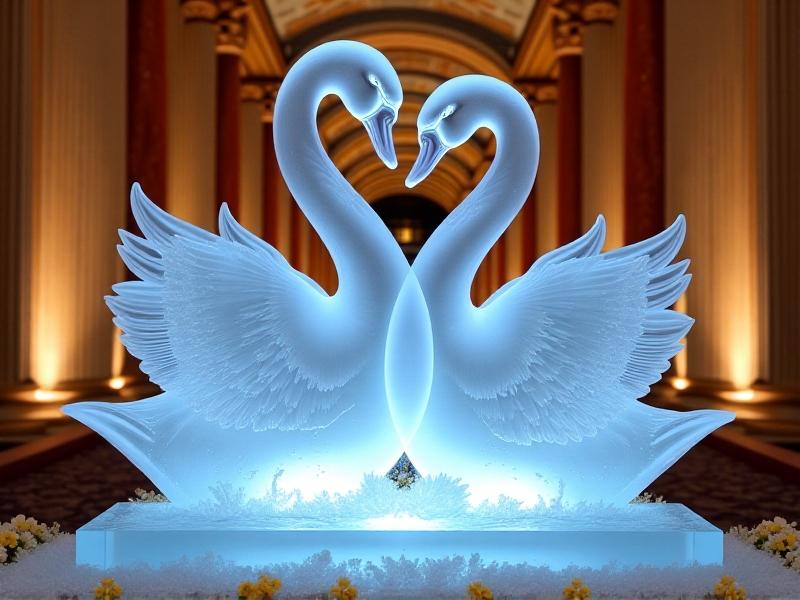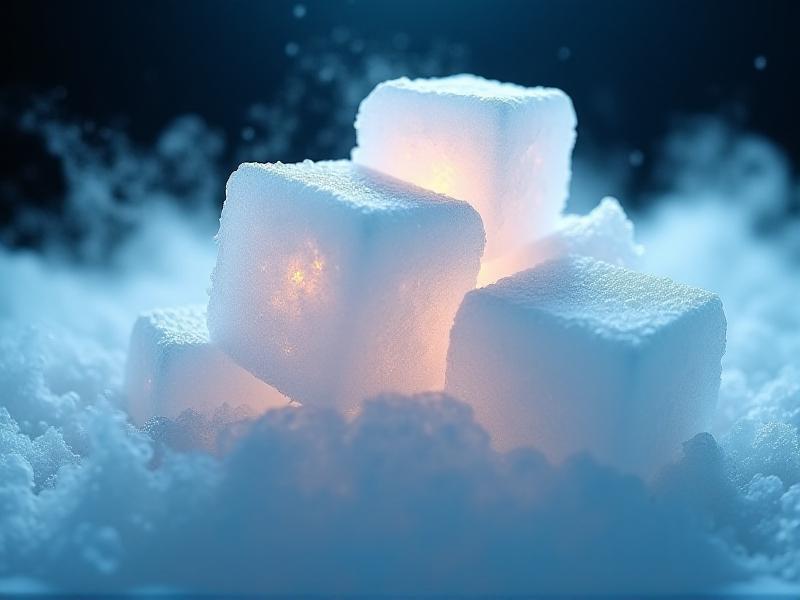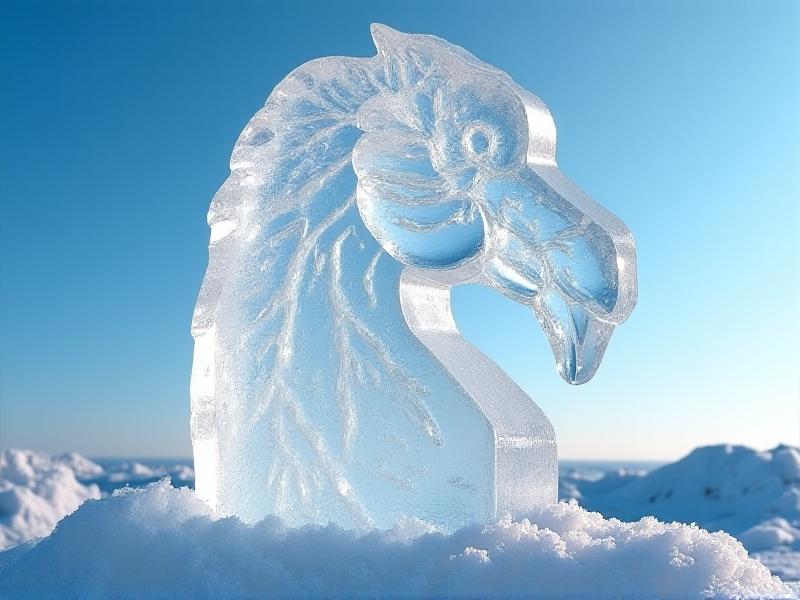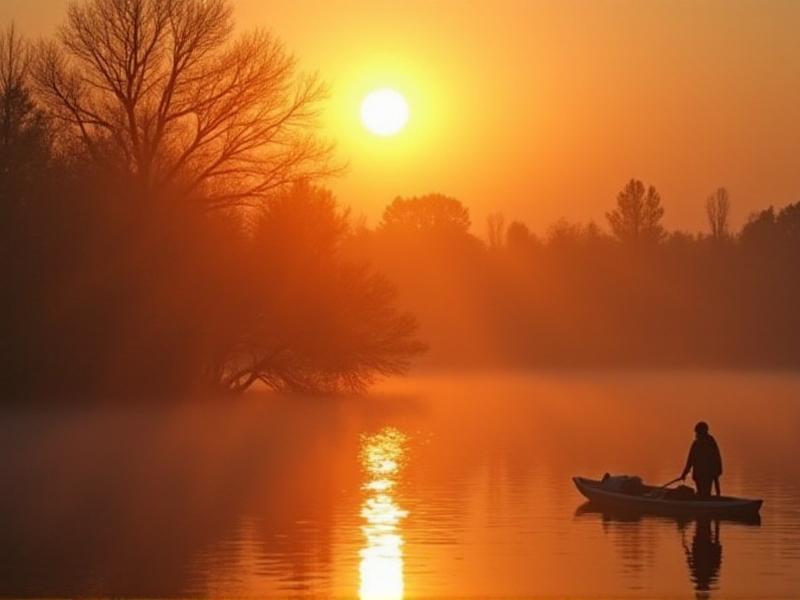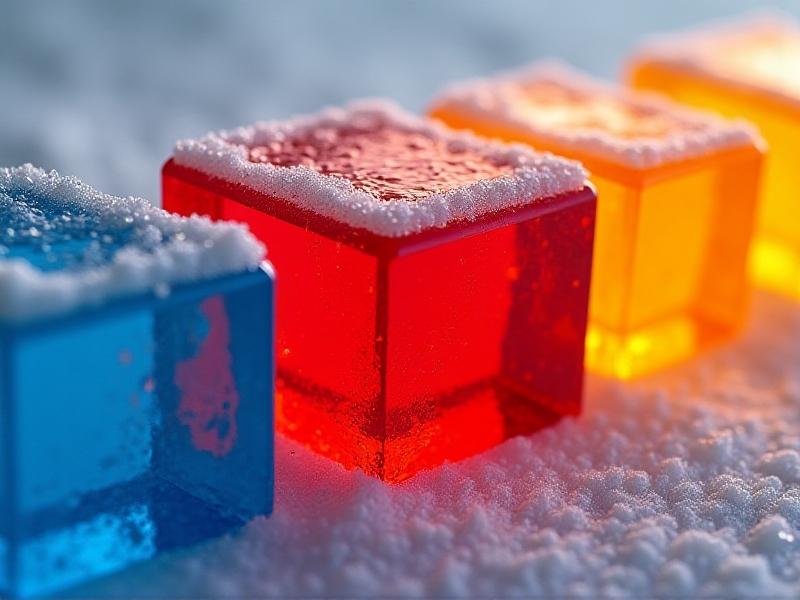Achieving Gradient Effects in Colored Ice Sculptures
The Art of Creating Gradient Effects in Colored Ice Sculptures
Ice sculptures are a stunning form of art that captivates audiences with their transient beauty. Adding gradient effects to these sculptures elevates their visual appeal, creating a mesmerizing interplay of colors. This article delves into the techniques, tools, and creative processes behind achieving gradient effects in colored ice sculptures, offering insights for both beginners and seasoned artists.
Understanding the Basics of Ice Sculpting
Before diving into gradient effects, it’s essential to grasp the fundamentals of ice sculpting. Ice sculpting involves carving blocks of ice into intricate designs using specialized tools such as chisels, saws, and torches. The clarity and quality of the ice play a crucial role in the final outcome. Artists often use crystal-clear ice to ensure the colors and gradients are vivid and uninterrupted. Understanding the properties of ice, such as its brittleness and melting point, is key to mastering this craft.
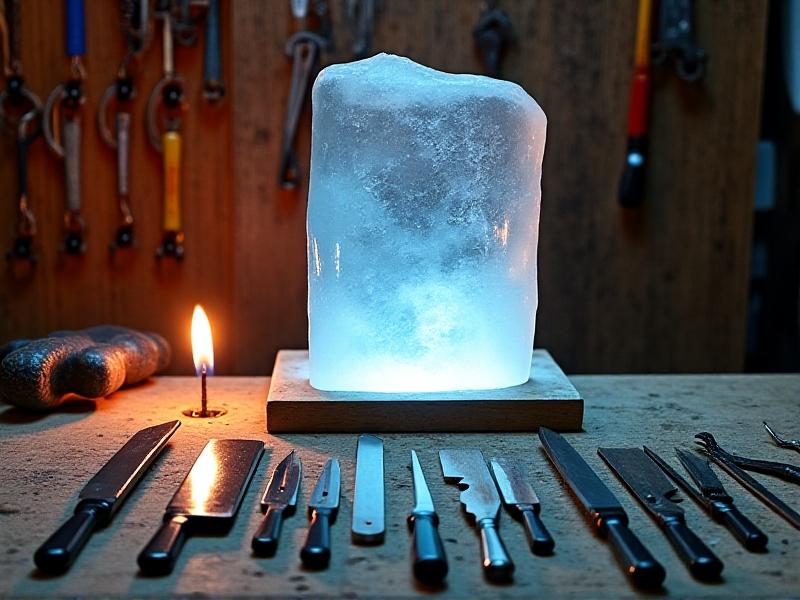
Choosing the Right Dyes and Pigments
Selecting the appropriate dyes and pigments is critical for achieving gradient effects. Food-grade dyes are commonly used for their safety and vibrant colors. Liquid dyes are ideal for creating smooth transitions, while powdered pigments can add intensity to specific areas. Artists must experiment with different concentrations to achieve the desired hue and transparency. Mixing dyes directly into the water before freezing ensures even distribution, while surface application allows for more controlled and layered effects.
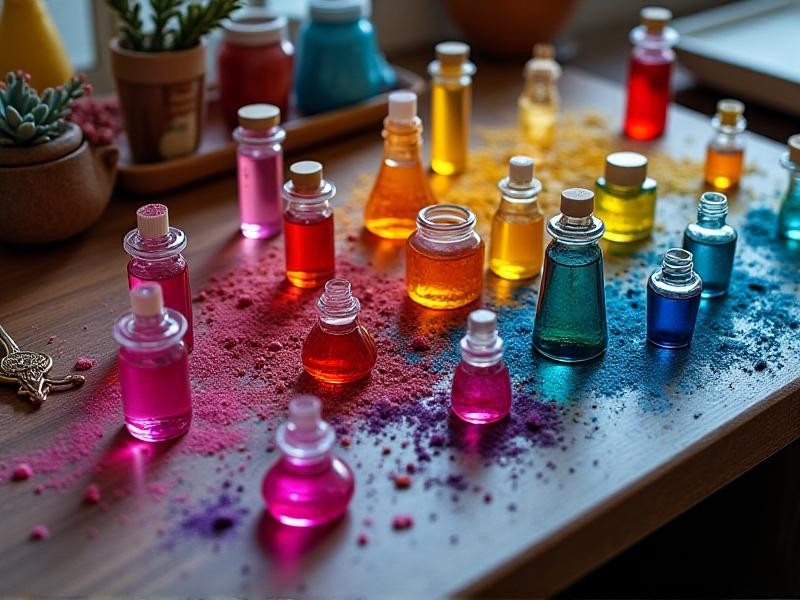
Techniques for Creating Gradient Effects
There are several techniques to create gradient effects in ice sculptures. One popular method is layering, where different colored ice blocks are stacked and carved to reveal a gradient. Another technique involves using spray bottles or brushes to apply dyes to the surface of the ice, blending colors seamlessly. For more intricate designs, artists can use a combination of internal and external coloring methods. Experimentation and practice are essential to mastering these techniques and achieving the desired visual impact.
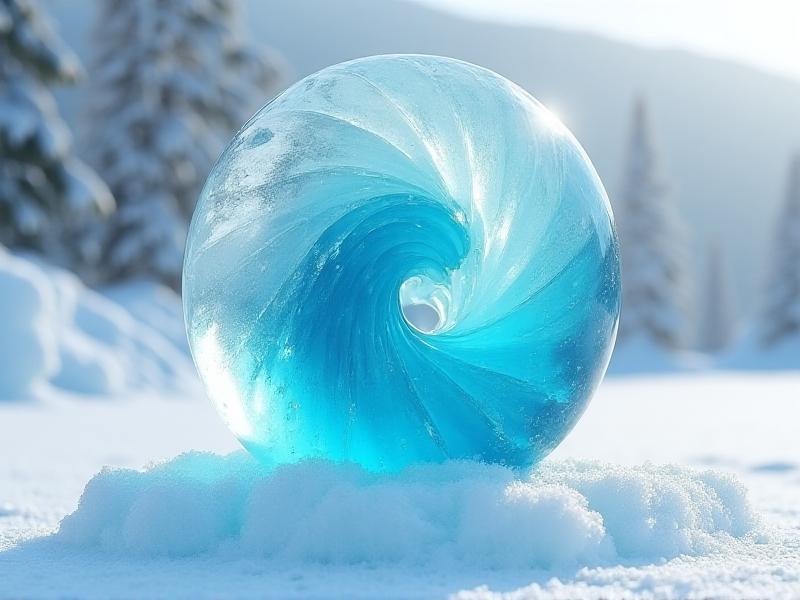
Lighting and Display Considerations
Lighting plays a pivotal role in enhancing the gradient effects of colored ice sculptures. LED lights, particularly those with adjustable colors, can accentuate the hues and create dynamic visual experiences. Proper display settings, such as temperature-controlled environments, ensure the sculptures maintain their integrity and beauty for longer periods. Artists should consider the angle and intensity of the light to highlight the gradient effects and create a captivating display.
Challenges and Solutions in Gradient Ice Sculpting
Creating gradient effects in ice sculptures comes with its own set of challenges. Rapid melting, uneven color distribution, and difficulty in blending colors are common issues. To address these, artists can work in controlled environments with stable temperatures, use high-quality dyes, and practice precise application techniques. Patience and attention to detail are crucial in overcoming these challenges and achieving flawless gradient effects.
Inspiration and Creative Ideas for Gradient Ice Sculptures
Inspiration for gradient ice sculptures can come from nature, abstract art, or cultural themes. Mimicking the colors of a sunset, the ocean, or a galaxy can create breathtaking effects. Artists can also experiment with geometric patterns, floral designs, or figurative elements to push the boundaries of creativity. Collaborating with other artists or attending workshops can spark new ideas and techniques for incorporating gradient effects into ice sculptures.
Maintaining and Preserving Gradient Ice Sculptures
Preserving the beauty of gradient ice sculptures requires careful maintenance. Keeping the sculptures in cold, dry environments slows down the melting process. Regular misting with water can help maintain the surface’s clarity and smoothness. For events or exhibitions, using insulated display cases or cooling systems ensures the sculptures remain intact and visually stunning throughout the duration. Proper handling and transportation are also essential to prevent damage and preserve the gradient effects.
The Future of Gradient Ice Sculpting
As technology and artistic techniques evolve, the possibilities for gradient ice sculpting continue to expand. Innovations in dye formulations, carving tools, and lighting systems open new avenues for creativity. Virtual reality and 3D modeling can also aid in designing and visualizing complex gradient effects before execution. The future of gradient ice sculpting promises even more stunning and imaginative creations, pushing the boundaries of this ephemeral art form.
